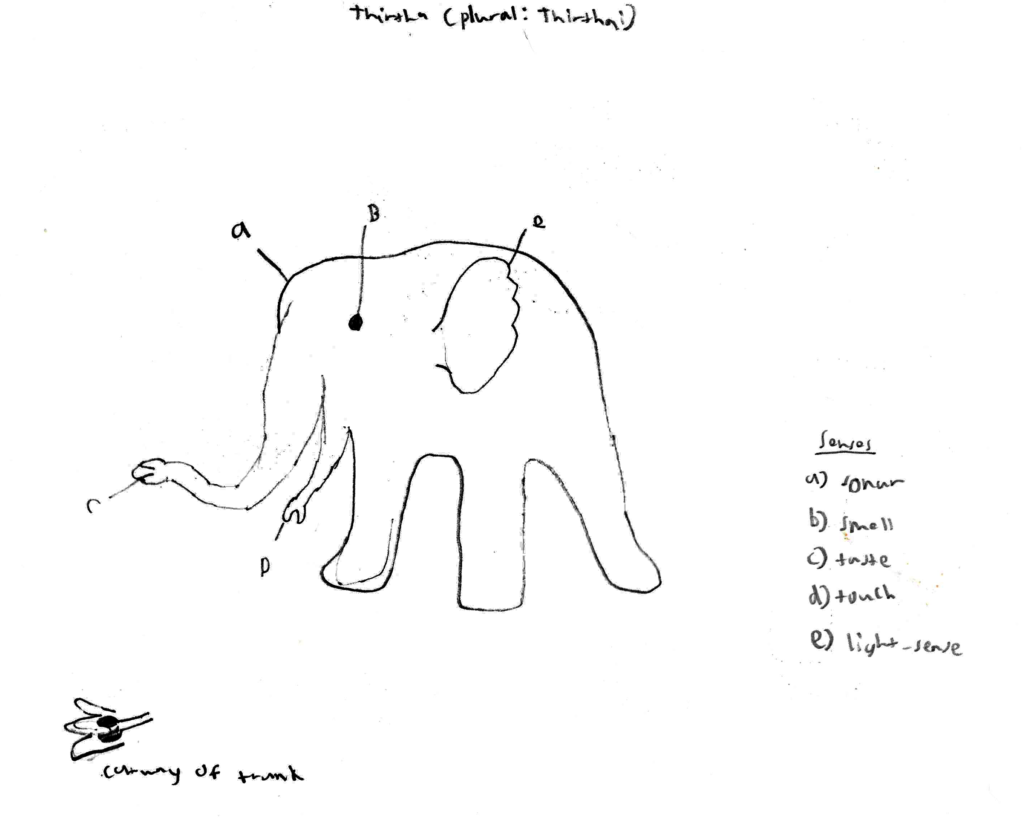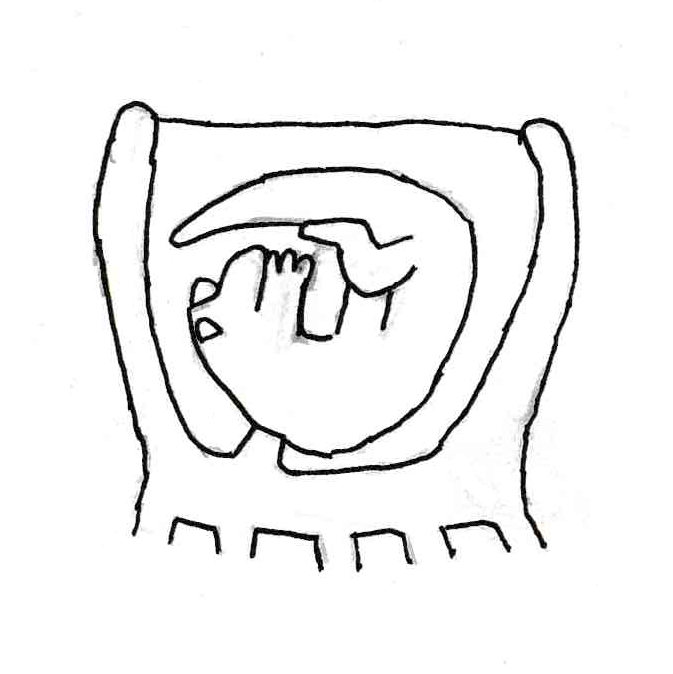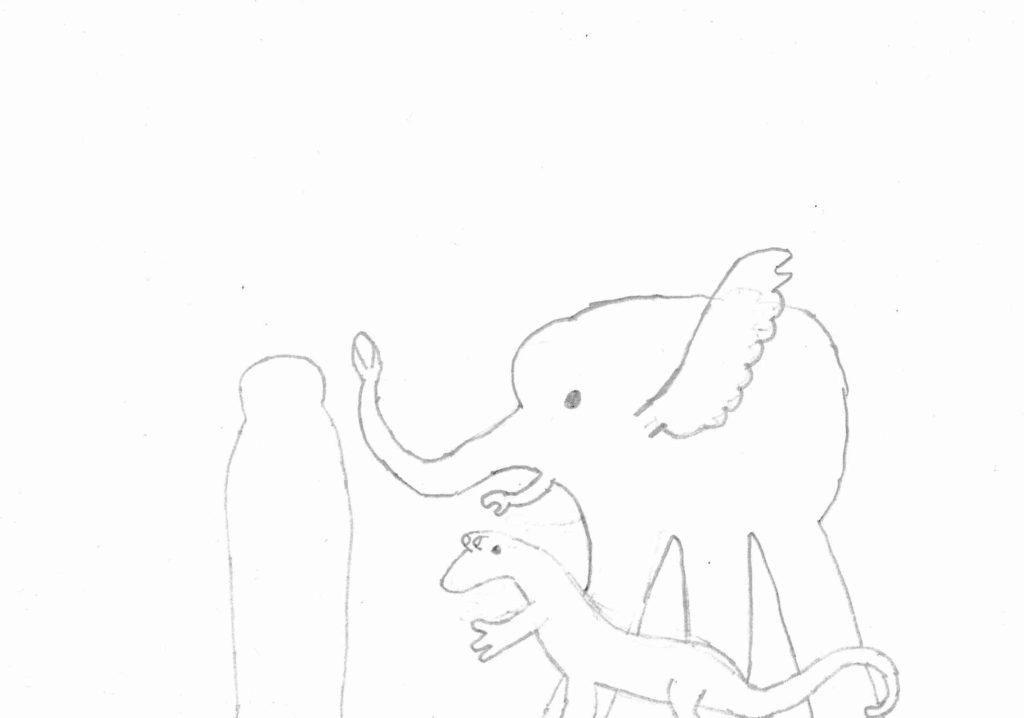Starfish aliens have a long pedigree. Les Xipehuz, published in 1888, may be the earliest appearance of such beings, as well as one of the first examples of science fiction. In the story, Early Bronze Age tribes are attacked by mysterious beings, their origin and motives unknown.
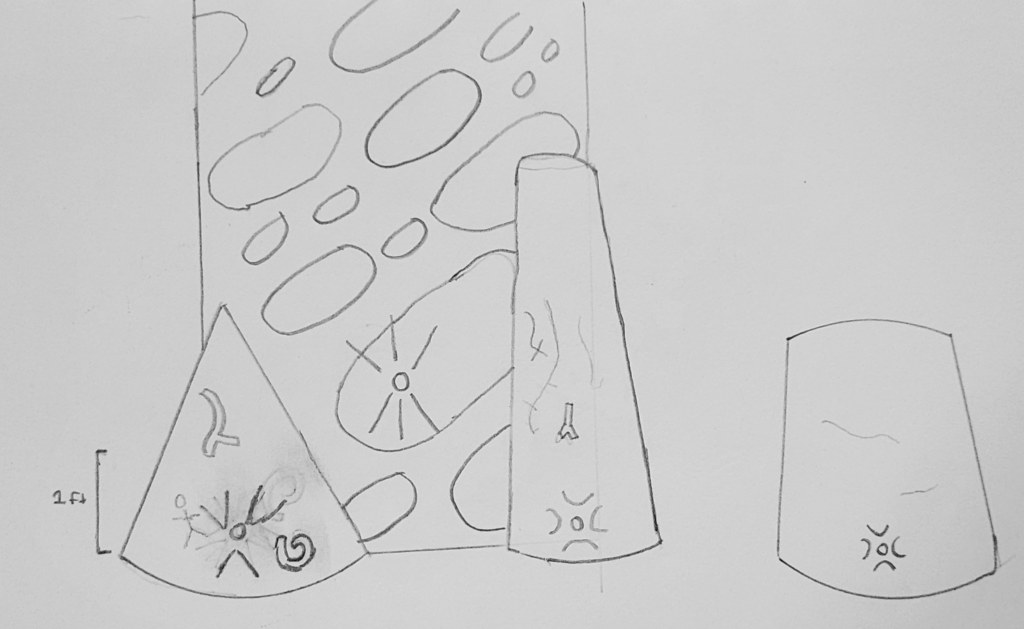
The Xipehuz (shapes in the original French) remain some of the strangest aliens in all fiction. They are of entirely geometric appearance, not resembling any known animal in the slightest. They invariably take one of the forms depicted above. Whatever its form, a Xipehuz always possesses a glowing light upon its body, from which they project lasers to burn and destroy all animals indiscriminately. They communicate by carving glyphs onto each other, which fade over time. As well as these glyphs, Xipehuz bear permanent markings around their lights. Through their communications, Xipehuz evidently possess distinct personalities, and also display human like behaviours, such as teaching their young.
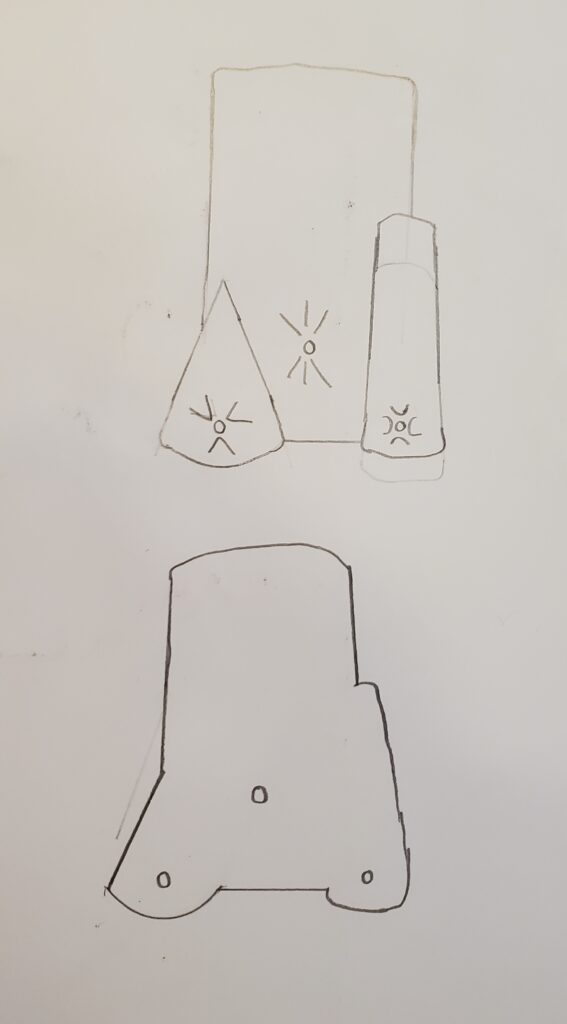
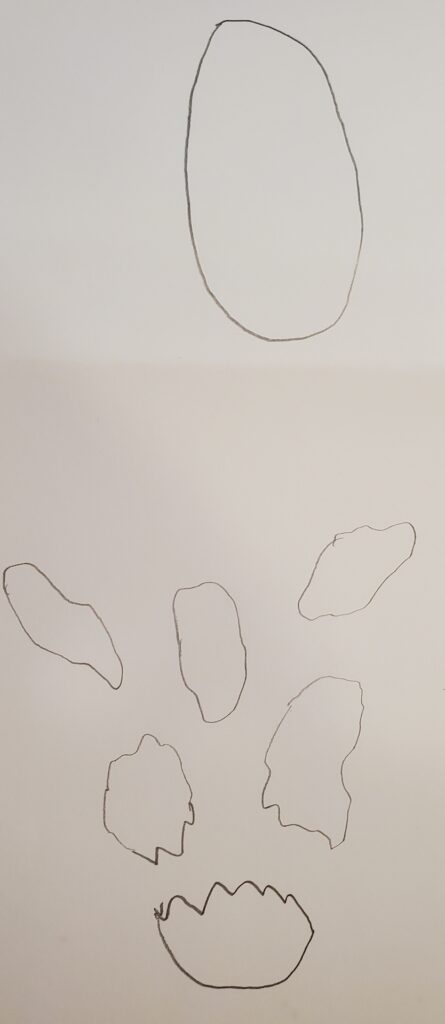
Xipehuz reproduction is as odd as their appearance. Four times a year, on clear nights near the solstices and equinoxes, they gather into groups of three, as shown. They merge together to form vast ellipses, which separate into pieces at noon the following day.
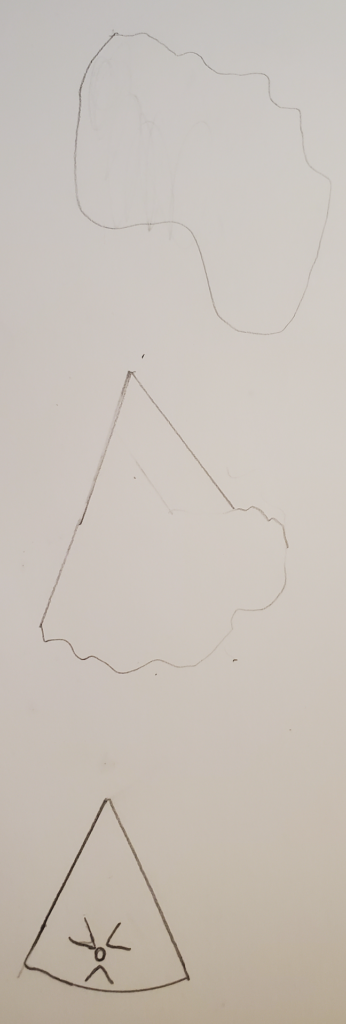
These pieces turn into giant smoky forms, which gradually coalesce into new Xipehuz. Xipehuz are likely formed in multiples of three, with six being the plausible minimum. Curiously, they get smaller, and presumably denser, as they mature.
Initially, the Xipehuz restrict their activities to a single territory, ceasing to pursue their victims beyond its boundaries. Unfortunately, as their numbers grow, so does their territory, as well as the threat they pose to humanity.

